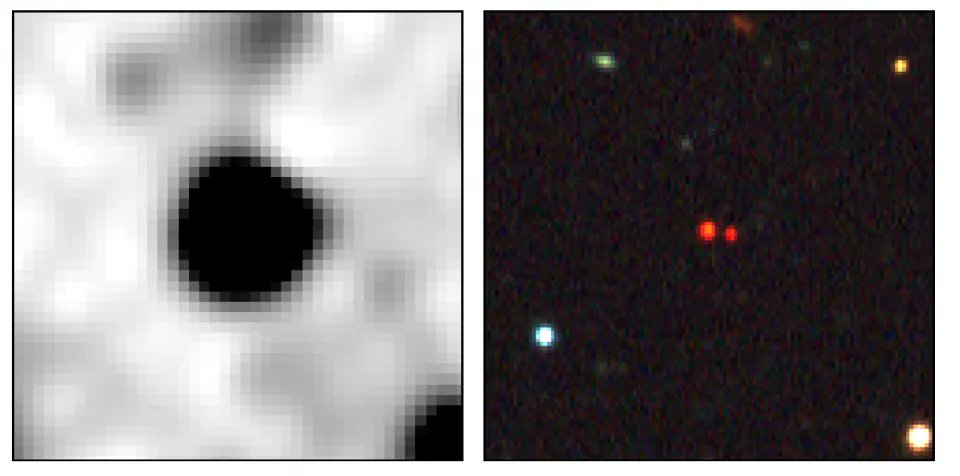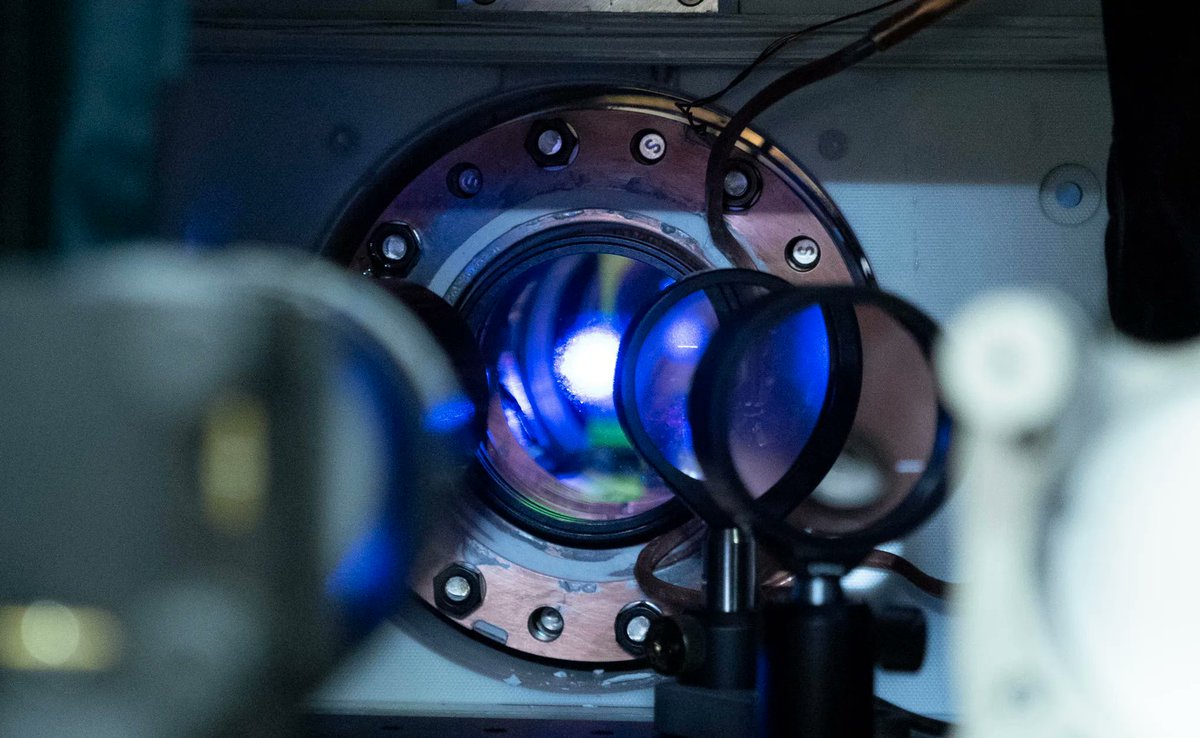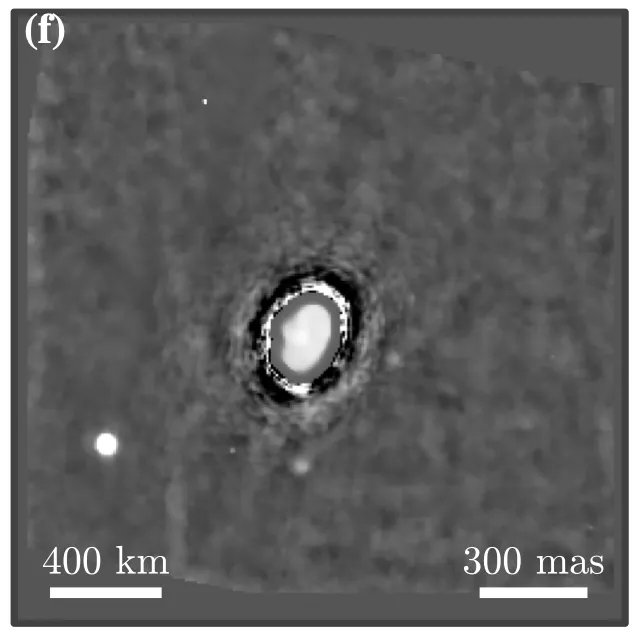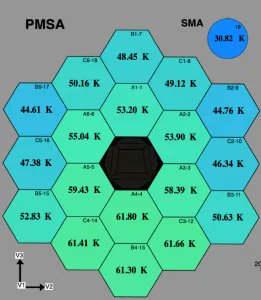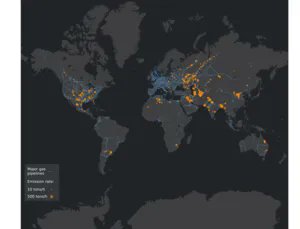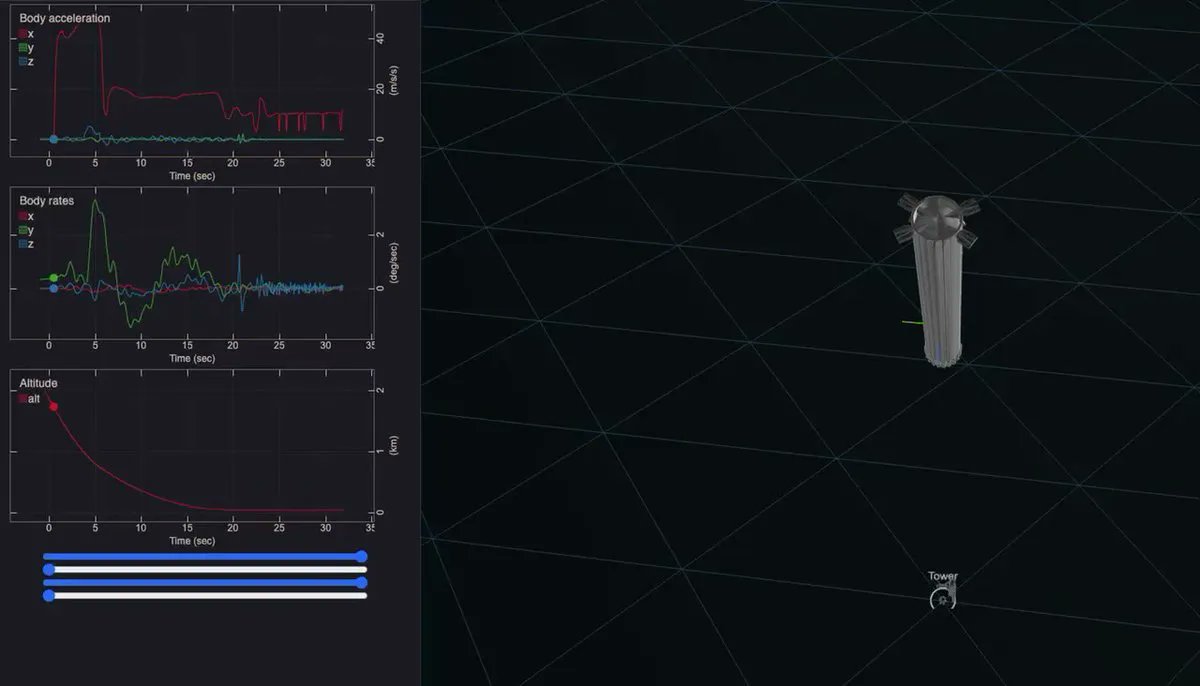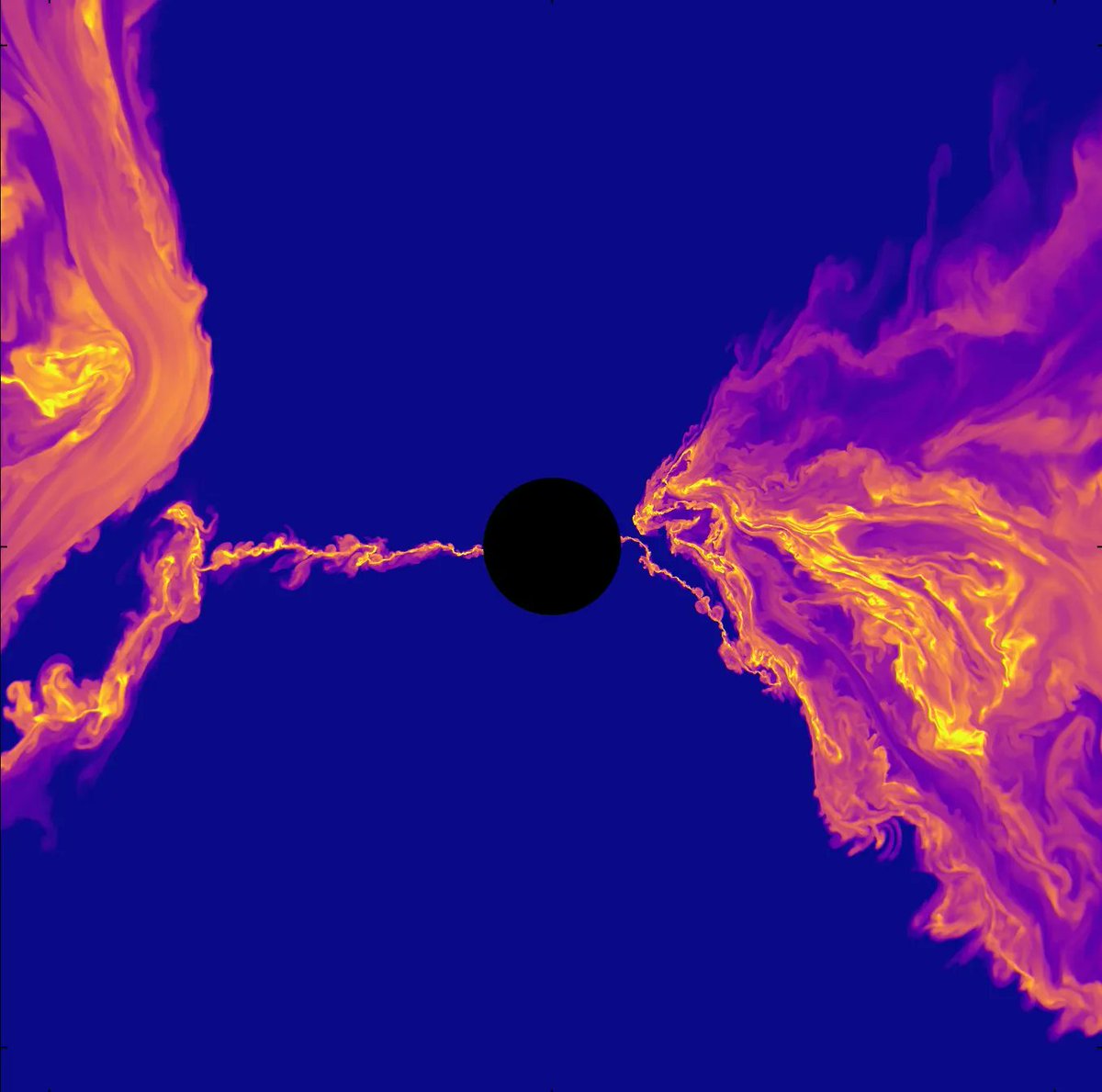Gravity is a funny force. The gravity of every given object technically impacts every other given object, though, in practice, large distance and small masses make those forces negligible for such interactions. But in some cases, especially when large groups are floating in empty space, gravity can still hold sway over considerable distances. Such is the case with a new pair of brown dwarfs found by astronomers at the Keck Observatory.
Continue reading “Twin Brown Dwarfs Discovered, Orbiting one Another at Three Times the Distance From the Sun to Pluto”Atomic Clocks Separated by Just a few Centimetres Measure Different Rates of Time. Just as Einstein Predicted
The connection between relativity and quantum mechanics has been a black box for the world of physics for decades. That partially stems from the difficulty in collecting data on systems that interface between the two of them. Relativity is the realm of the supermassive, while quantum mechanics can best be described as the realm of the minuscule. But, there is, in fact, one particular realm where they overlap. One of the results of relativity is that gravity can affect the flow of time. Commonly known as “time dilation,” this effect has now been studied by researchers at the National Institute of Standards and Technology (NIST) in the US using an extraordinarily accurate atomic clock.
Continue reading “Atomic Clocks Separated by Just a few Centimetres Measure Different Rates of Time. Just as Einstein Predicted”New Photos Show a Black Hole Blasting out Powerful Winds
Pictures of galaxies never cease to amaze, and astronomers are consistently coming up with new ones that provide a different viewpoint on the universe and maybe some exciting science along with it. A recent picture of the galaxy NGC 7582, taken with the Very Large Telescope (VLT), shows an active supermassive black hole at the galaxy’s core. However, something appears to be redirecting its “wind” away from the rest of the spiral galaxy.
Continue reading “New Photos Show a Black Hole Blasting out Powerful Winds”Astronomers Discover a Strange new Star That Might be From the Collision Between two Dead Stars
With how many stars there are in our galaxy, there are sure to be plenty of different types of them. But they still continue to amaze us with their differences and constantly challenge our models on how exactly they form. Now a new class of stars was discovered by Dr. Klaus Werner of the University of Tübingen, and they are covered in different materials than expected.
Continue reading “Astronomers Discover a Strange new Star That Might be From the Collision Between two Dead Stars”An Asteroid has Been Discovered With Three Moons!
Planets aren’t the only celestial objects with moons – asteroids can have them too. They are usually other, smaller asteroids in orbit around a larger central one. Now, a team of Thai and French astronomers found an asteroid system with three satellites. The new four-body system makes complex gravitational problems like the three-body problem look simple by comparison.
Continue reading “An Asteroid has Been Discovered With Three Moons!”Webb is Cool, but it Still Needs to get Cooler
Cooling things down in space is trickier than it might sound. But that is exactly the process the James Webb telescope is going through right now. Getting down to cryogenic temperature is imperative for its infrared imaging systems to work correctly. While the telescope has already started, it will be another few weeks before the process is complete, and it’s ready to start capturing its first groundbreaking infrared images of the universe.
Continue reading “Webb is Cool, but it Still Needs to get Cooler”How Well Does Concrete Work in Space?
Concrete is not the first material one usually thinks of when exploring space. Nor is it the focus of much cutting-edge research. The most common building material has been used by humanity for thousands of years. But surprisingly, little is still known about some of its properties, due in no small part to the limitations of the environments it can be tested in. Now, this most ubiquitous of materials will be tested in a new environment – the microgravity aboard the International Space Station.
Continue reading “How Well Does Concrete Work in Space?”Satellites can now see Exactly Where Methane is Being Dumped Into the Atmosphere
Methane is one of the most important greenhouse gases, despite the overwhelming interest in carbon dioxide emissions as the primary source of climate change. It is hard to track, though, as its sources can range from leaking chemical and gas pipelines to literal farm fields. Now an energy analytics company has a system they believe can track otherwise undocumented methane emissions in a way that could prove helpful in eliminating them altogether.
Continue reading “Satellites can now see Exactly Where Methane is Being Dumped Into the Atmosphere”Musk Shows how They’re Planning to Catch SuperHeavy Boosters
SpaceX’s entire business model is based on the reusability of its rockets. That business model has proven viable time and time again as boosters continue to land safely only to be reused later. But as the rockets they’re using get bigger and bigger, the harder and harder it will get for them to land directly on the ground, as models they’ve completed so far have. So for its SuperHeavy Booster, designed to launch its Starship craft into orbit, SpaceX has to develop a new way of capturing the rockets without damaging them. Its head, Elon Musk, has shared a Twitter video showing how it will do just that.
Continue reading “Musk Shows how They’re Planning to Catch SuperHeavy Boosters”We Finally Understand how Black Holes can Release Powerful Flares
While black holes might always be black, they do occasionally emit some intense bursts of light from just outside their event horizon. Previously, what exactly caused these flares had been a mystery to science. That mystery was solved recently by a team of researchers that used a series of supercomputers to model the details of black holes’ magnetic fields in far more detail than any previous effort. The simulations point to the breaking and remaking of super-strong magnetic fields as the source of the super-bright flares.
Continue reading “We Finally Understand how Black Holes can Release Powerful Flares”
